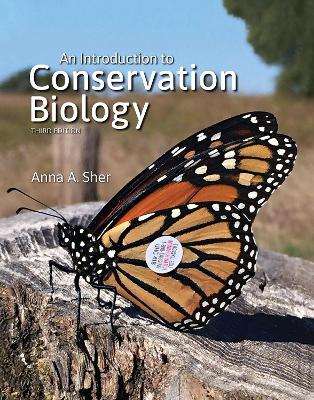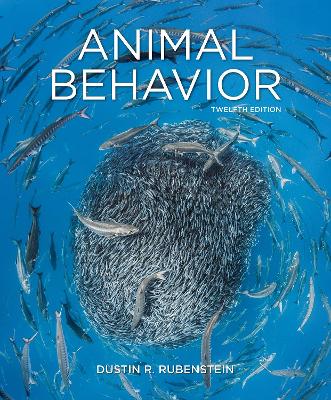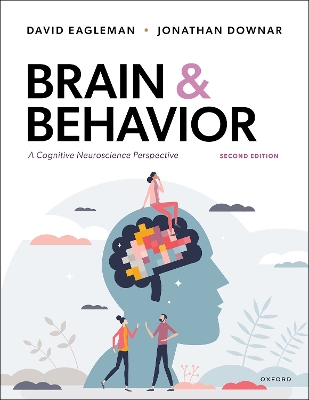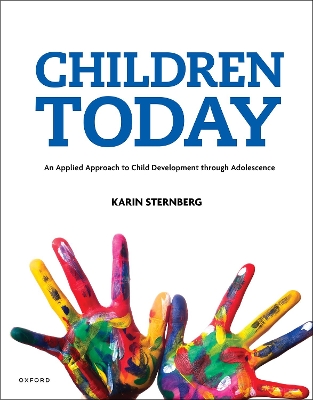Sinauer
4 total works
An Introduction to Conservation Biology is the only text designed for both aspiring conservation biologists and non-majors who are interested in this topical field, providing up-to-date perspectives on high-profile issues such as sustainable development, global warming, and strategies to save species on the verge of extinction. The book focuses successively on biological diversity and its value; threats to biological diversity; conservation at the population and species levels; protecting, managing and restoring ecosystems; and sustainable development. Each chapter is beautifully illustrated in full color with diverse examples from the current literature. Chapters begin with guiding conservation biology principles and end with study aids such as summaries, an annotated list of suggested readings, and discussion questions. Throughout, the authors maintain a focus on the active role that scientists, local people, conservation organizations, government, and the general public play in protecting biodiversity, even while providing for human needs.
The leading text in the field shows how researchers use scientific logic to study the underlying mechanisms and evolutionary bases of behavior, with emphasis on how evolutionary theory unifies the various sub disciplines within animal behavior. A comparative and integrative overview of how and why animals as diverse as insects and humans behave the way that they do, linking behaviors to the brain, genes, and hormones, as well as to the surrounding ecological and social environments.
Brain and Behavior: A Cognitive Neuroscience Perspective captures the excitement of cognitive and behavioral neuroscience by focusing on fundamental scientific principles, patterns, and ways of thinking.
Brain and Behavior is clear and vibrant writing, with fascinating real-life examples and applications that help to emphasize the dynamically changing nature of the brain. This text covers a wide territory critical for understanding the brain, from the basics of the nervous system to the sensory and motor systems, sleep, language, memory, emotions and motivation, social cognition, and brain disorders. Throughout the narrative, the authors emphasize the dynamically changing nature of the brain, through the mechanisms of neuroplasticity. The text pulls together the best current knowledge about the brain while acknowledging current areas of ignorance and pointing students toward the most promising directions for future research.
Brain and Behavior is clear and vibrant writing, with fascinating real-life examples and applications that help to emphasize the dynamically changing nature of the brain. This text covers a wide territory critical for understanding the brain, from the basics of the nervous system to the sensory and motor systems, sleep, language, memory, emotions and motivation, social cognition, and brain disorders. Throughout the narrative, the authors emphasize the dynamically changing nature of the brain, through the mechanisms of neuroplasticity. The text pulls together the best current knowledge about the brain while acknowledging current areas of ignorance and pointing students toward the most promising directions for future research.
Children Today gives students practical knowledge to support children in their development. It uses stories and case studies to connect theory to practice, with a particular emphasis on how technology impacts the lives of children.
Theories are most useful when we can see their value in real life, as such, a key objective of this text is to show how development theories connect to the lives of children with features that demonstrate how educators can make practical use of theoretical concepts. In addition, Children Today recognizes that today's children are growing up in a digital world. To capture this reality, every chapter discusses issues encountered by children in our digital society.
Children Today is organized chronologically, covering child development from prenatal stages through adolescence. The first four chapters provide a foundational understanding of child development, while the remainder is divided by stages of development, each covering physical, cognitive, and socio-emotional development.
Theories are most useful when we can see their value in real life, as such, a key objective of this text is to show how development theories connect to the lives of children with features that demonstrate how educators can make practical use of theoretical concepts. In addition, Children Today recognizes that today's children are growing up in a digital world. To capture this reality, every chapter discusses issues encountered by children in our digital society.
Children Today is organized chronologically, covering child development from prenatal stages through adolescence. The first four chapters provide a foundational understanding of child development, while the remainder is divided by stages of development, each covering physical, cognitive, and socio-emotional development.



